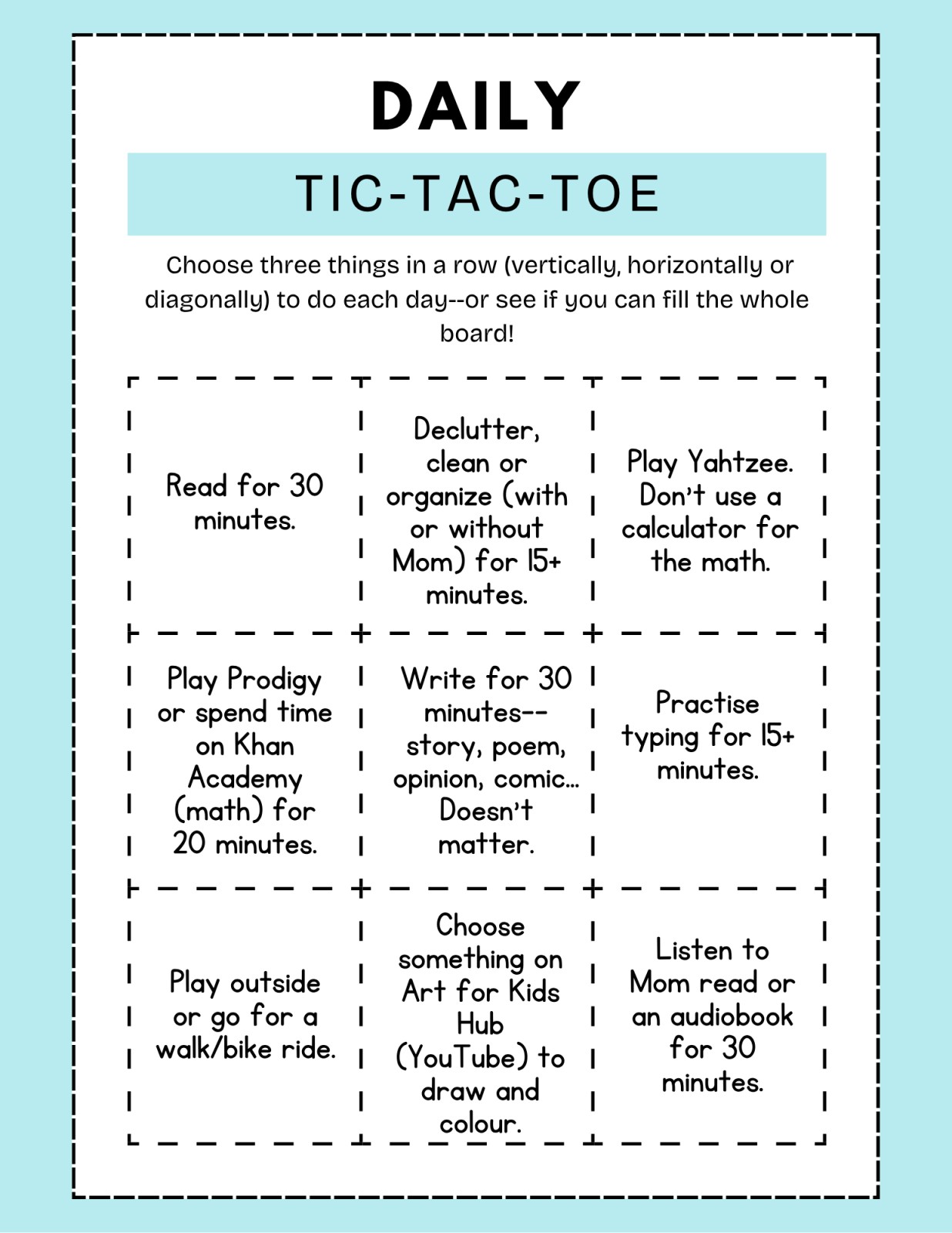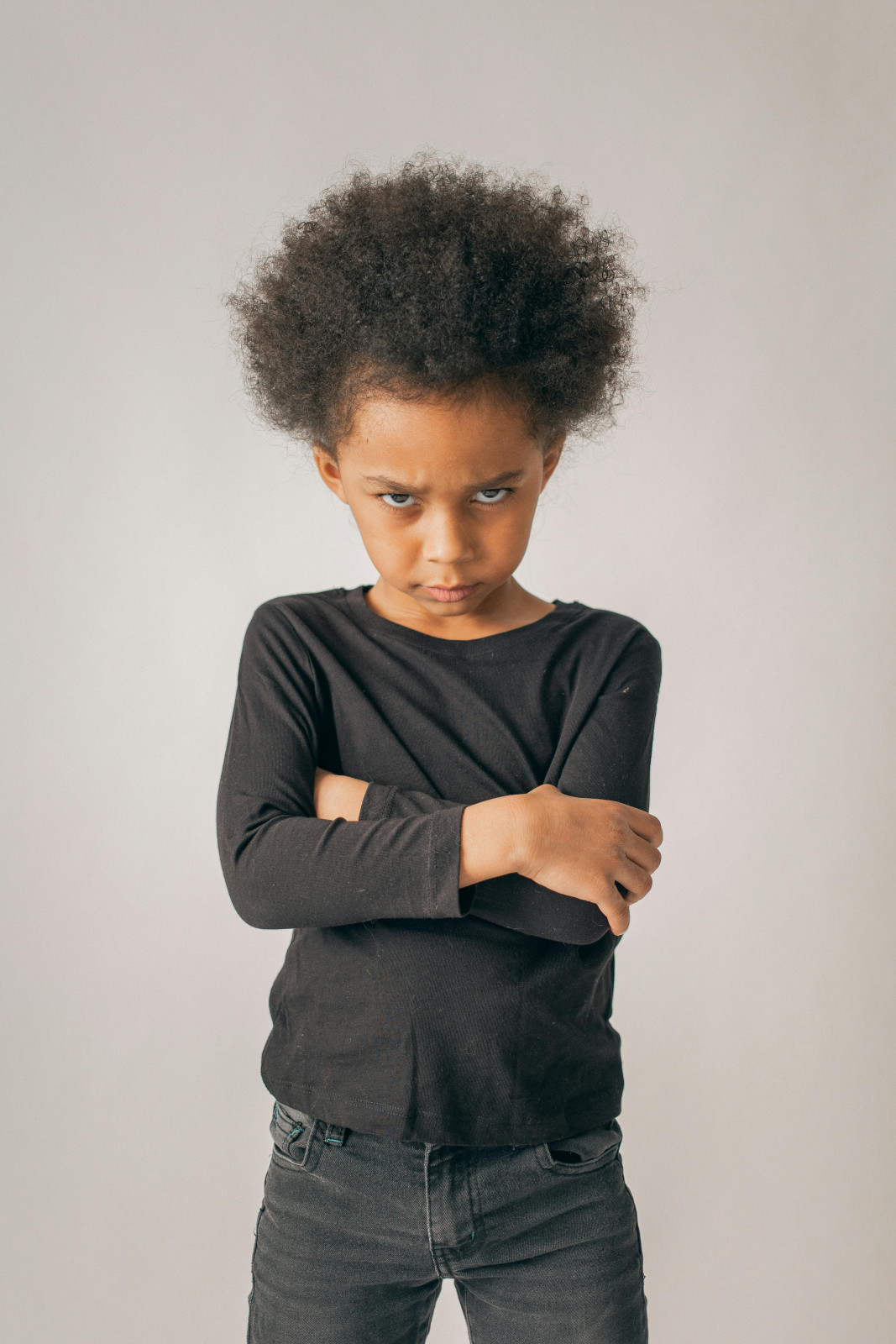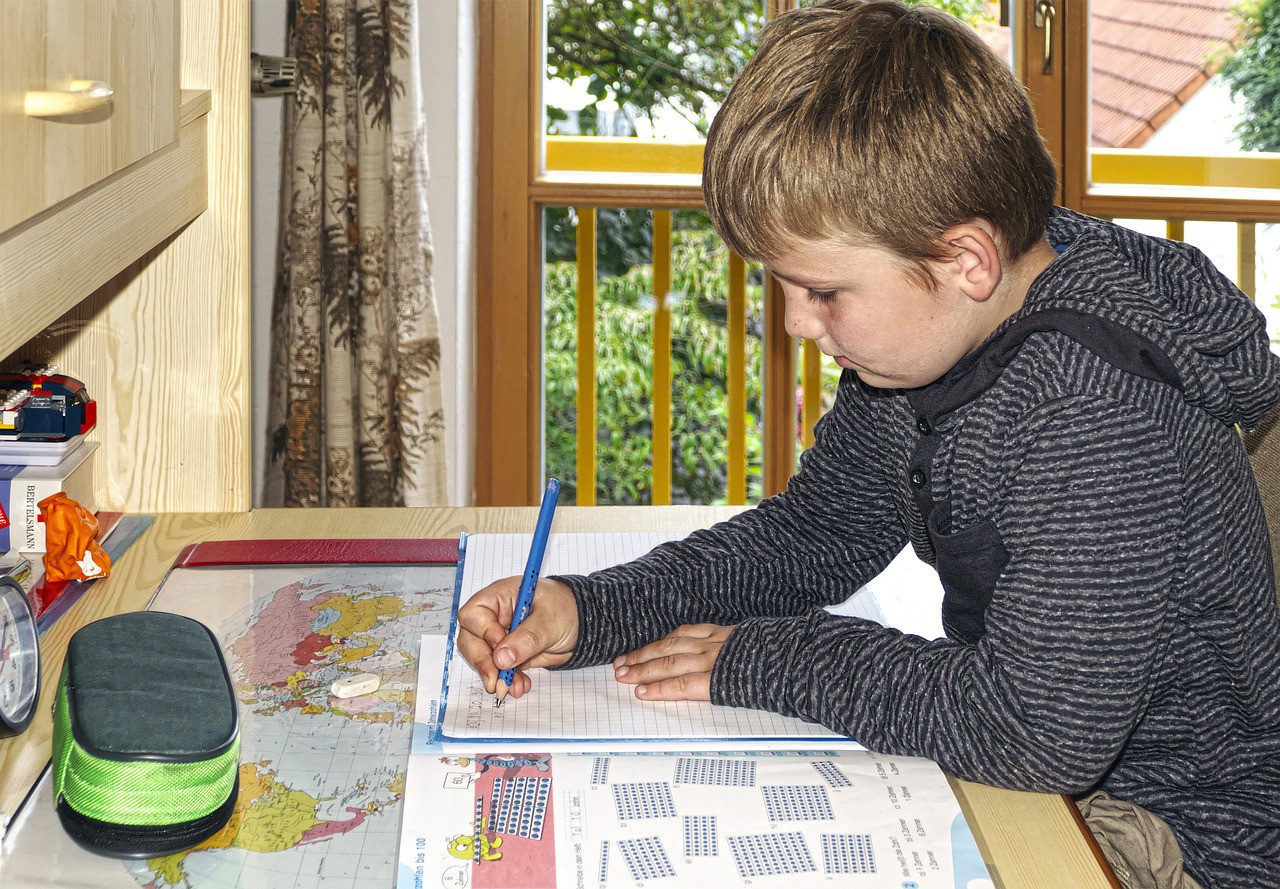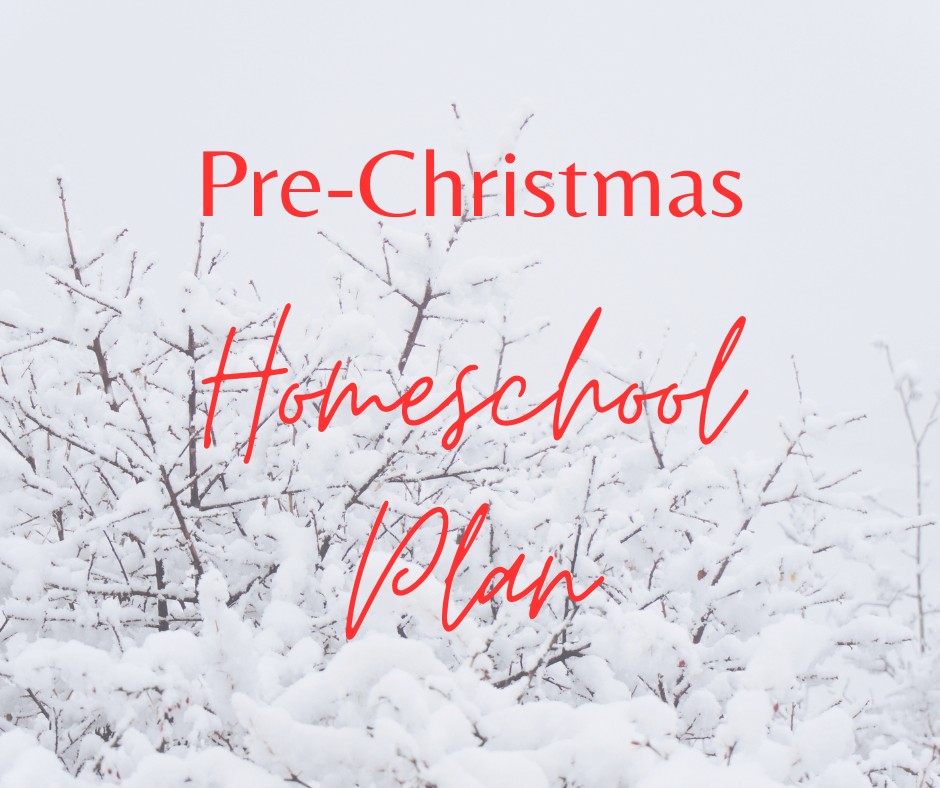
Homeschooling everywhere is falling apart at this time of year, so if it has hit your home, know it's not just you.
I saw it each year as a homeschooler and see it each year as a substitute teacher. Getting the kids to do work gets harder and harder. This past week, the grade 6s I was with spontaneously held a vote so that we wouldn't do some particular work! "Can't we just have free time?" Kids at home are often wanting the same.
But both in school and at home, my experience has been that total free time can lead to chaos or problems, but guided fun learning is actually very welcome (for the most part). So, I've put together a quick document with a bunch of learning activities you can do this week. The basic daily plan is this:
- Read-aloud or audiobook each day. I've provided some suggestions, but you could use anything.
- Math activities you can do each day.
- Science activities--do one or all three over the course of the week.
- One social studies activity that you could limit to one day or take the suggestions and do a little bit each day to count for both social studies and language arts.
- Art activities for the whole week.
- Some bonus activities to do as a family. (Mind you, I think YOU, Mama, should engage in all of the other activities, too. Yes, do the colouring pages!)
No need to sign up for my emails, this is a gift for you that you can simply grab the Pre-Christmas Homeschool Plan here! Enjoy!
Until next time,
Daisy
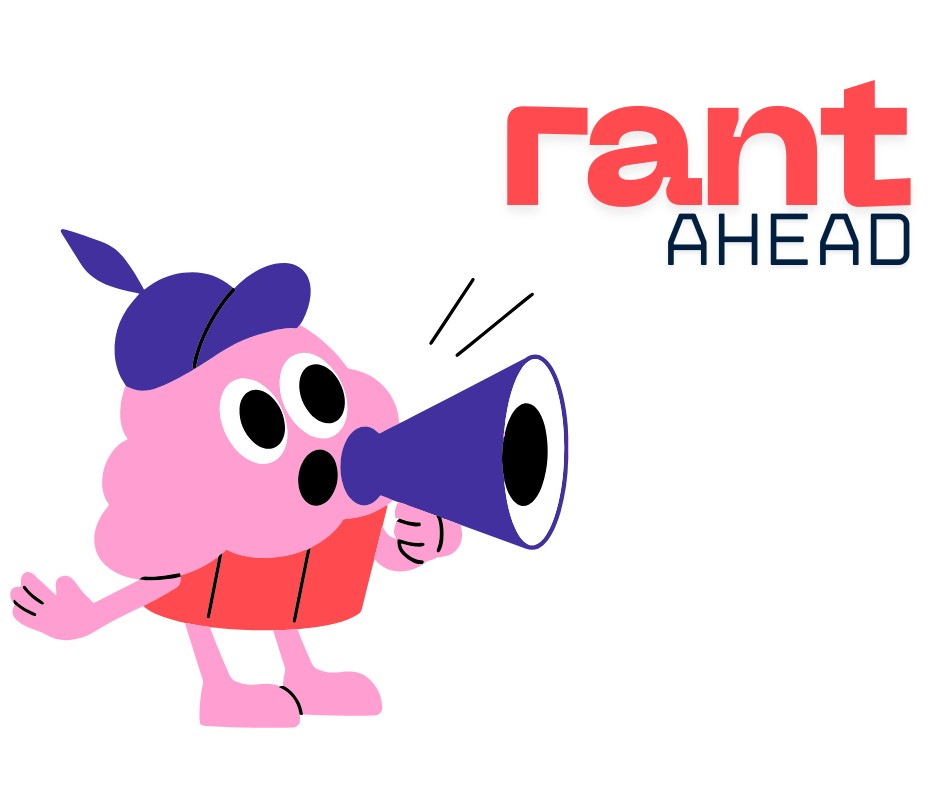
Homeschool soapbox time!
I saw a comment online the other day that roughly said:
"Unstructured homeschooling approaches perform worse, statistically speaking."
And I nearly lost it. (When I later discovered that this person was a new homeschooler, my heart went out to them that this is their focus. Keep reading to understand why.)
Which outcomes?
The answer will be academic ones. The ones measured through standardized tests. As though that's the thing that matters most for our kids. The algebra and the history and the knowing of literary terms and...
Why those outcomes? Seriously, why?
None of those standardized test results have any real bearing on their success as adults. NONE.
For kids who need certain academic scores to pursue what they want to pursue after high school, yes, of course, those scores matter. But contrary to popular opinion, kids do not need to be spending 12 years to gain the necessary skill and knowledge for those scores.
To place a supreme importance on those scores as a marker of educational success, as though the only important education is what school teaches... It's so incredibly misguided.
I've shared in various places about journalling your homeschooling. While decluttering recently, I found one of my journals from 2010/2011. I read through some of it. By that point in time, I wasn't journalling every night for the most part, but that made it more interesting for me to look through it now because it was very selective and clearly done during times I felt I was struggling.
Over the period of about a year, after almost a decade of homeschooling experience, scattered throughout were me questioning what counted as educational success, what did it mean to me to have the kids be well educated, what did I need to get my kids to actually move forward on or do--and questions of whether or not I really believed in trying to get my kids to do it all or excel in all subjects they were capable of excelling in. A note later on from a book I had been reading (but I didn't write down which book, so I don't know who wrote the following) said: "The more you do what the world and others tell or ask of you, the more you lose your life"--and I'd add now, your self.
Let's add to it even more today:
The more you try to force your kids to do and be what the world and others tell or ask of you, the more you all lose yourselves.
There are those who enjoy pursuing academic excellence. There's nothing wrong with it in your homeschool. But if academic excellence in all areas 1) is beyond your children's abilities and interests and 2) is the measure of whether you're succeeding or not in your homeschool/whether your kids are being well educated or not, all because society or your sister or mother-in-law or whichever skeptic in your life says it is, it's doing the opposite of pursuing success and is instead leading you down a path of frustration, guilt, a false sense of failure, and a strained relationship with your kids, pulling you away from what truly matters to you and your kids.
In the words of Dr. William Glasser, author of "Choice Theory,"
"Why do we keep trying to make other people do what they don't want to do when, most of the time, we have little success in this effort?"
He would add, especially when, most of the time, trying to make people do what they don't want to do damages our relationship with them. He and others are very clear that good relationships are the true key to happiness and success in our adult lives.
When those doubts and worries crop up because your kids aren't at the same level as school kids, when you know that if they participated in standardized tests, they would fail them, just remind yourself that this definition of success is what other people have decided is what counts most--and while it may be true for them, it's not a universal truth and not something you need to accept.
Your homeschool doesn’t have to look like anyone else’s. Your definition of success doesn’t have to match society’s. The world doesn’t need more kids who can fill in the right bubbles on a test. It needs more kids who know how to live fully and authentically. So, what truly matters is that your kids are growing into whole, curious, confident people who know who they are, know what they love and know how to think for themselves.
Standardized tests can't, and will never be able to, measure that.
Off my soapbox--for now. 
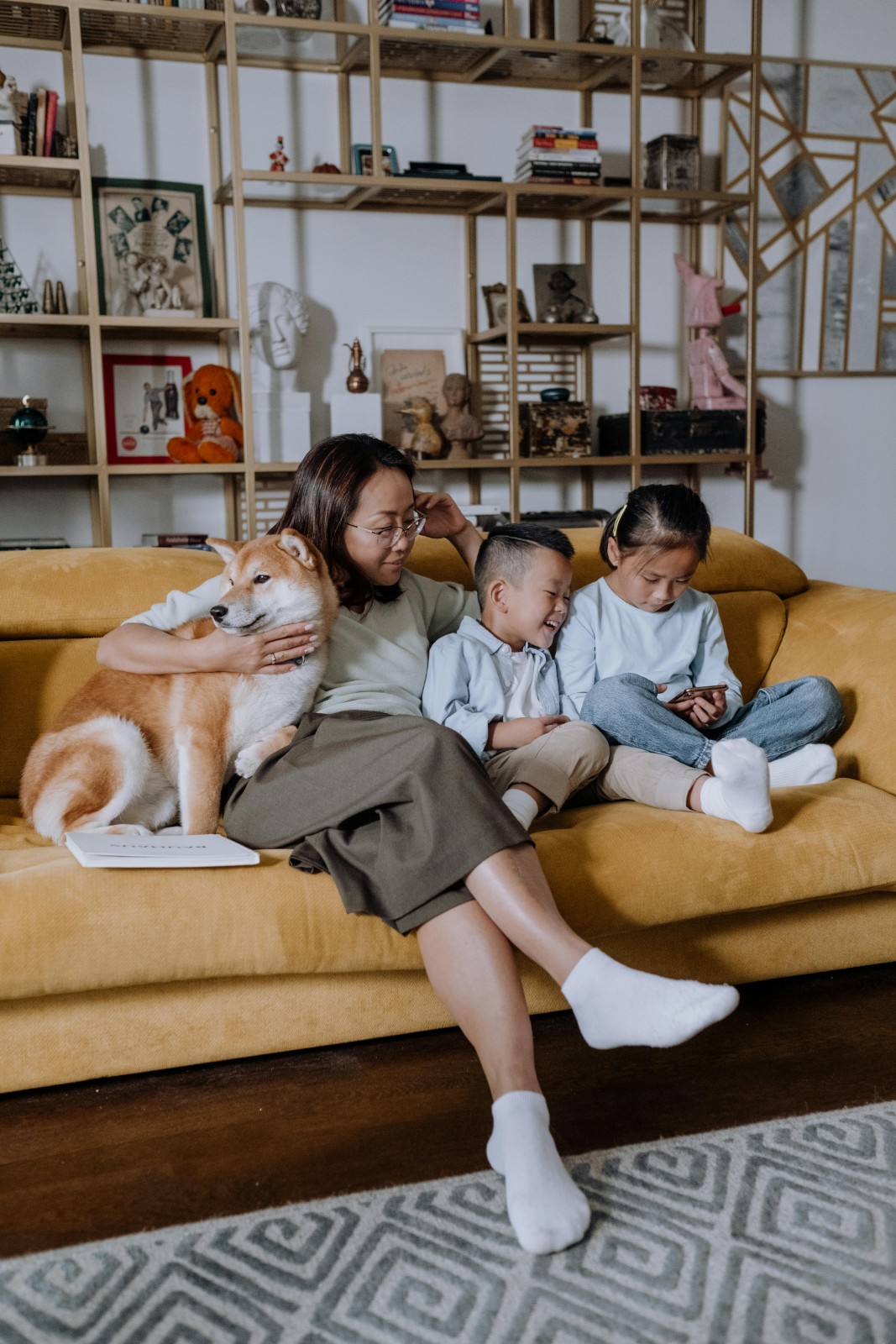
Starting a new homeschool year doesn’t have to mean diving into every subject and routine all at once. In this post, I share why easing in gently works better for both you and your kids, plus simple ideas for building your schedule step by step. If you’ve ever felt pressure to “do it all” right away, this is the encouragement you need—and there’s even a free resource to help you get started with less stress.
Read more...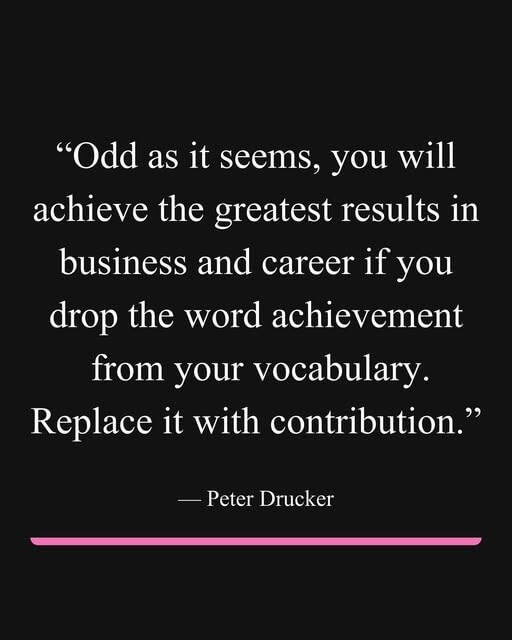
Okay, as soon as I read this, I immediately thought of homeschoolers.
Why?
Because so many seem trapped in this idea of their kids needing to achieve things: grade level, reading level, completion of a curriculum, etc.
What if instead of seeing homeschooling as a series of tasks to achieve, you saw it instead as a series of contributions—to their life, to your life, to your relationship?
Think about reading aloud to your child.
Is the goal to achieve a certain number of pages or books? To tick off a reading list?
Or is the real value in the contribution it makes: to your connection, their vocabulary, their imagination, their understanding of people, story and language?
A math curriculum is similar. If it becomes a rigid checklist of achievements—every lesson completed (and maybe mastered), every page filled out—it’s easy to lose sight of its contribution. What, and who, is this curriculum for?
If a concept in math is useful, meaningful or leads to deeper understanding, then it’s contributing. But if it’s just busywork or causing stress with little to no return (like facts that are simply not being mastered or large multiplication that they'll NEVER do by hand in high school and later on), then maybe that part isn’t contributing anything worthwhile—and you’re allowed to leave it behind.
That’s the beauty of homeschooling. You’re not beholden to a system that measures success by completion or comparison. You get to measure value by contribution.
So maybe today, instead of asking yourself, “What did we get done?” try asking, “What did we build? What did we enjoy? What added value to our day, or our relationship, or their growth?”
That’s a different lens.
That’s a freeing lens.
And I think Drucker was onto something.
"Odd as it seems,
you will achieve the greatest results in your homeschool
if you drop the word 'achievement'
from your vocabulary.
Replace it with 'contribution.'"
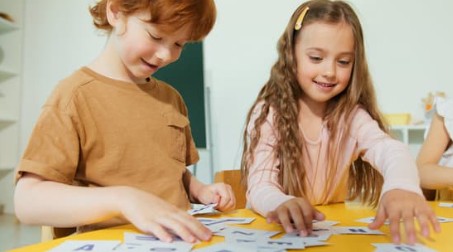
Yes, all of it counts. The play, the questions, the messy projects, the walks, the conversations, the spontaneous curiosity. It's all learning. Maybe not the kind you can file or check off in a curriculum guide… but the kind that sticks. The kind that builds confident, capable, connected kids.
So if you're feeling behind, or worried your summer doesn't look "productive enough," I hope this list reminds you that your kids are still learning, and you're still doing enough.
Give yourself permission to enjoy this season. You don’t have to press pause on joy to keep moving forward.

